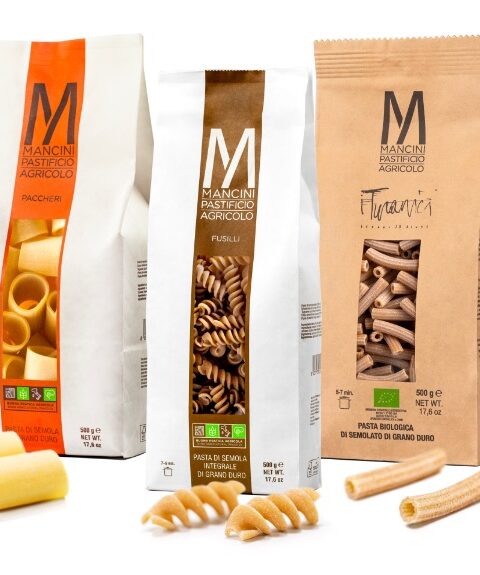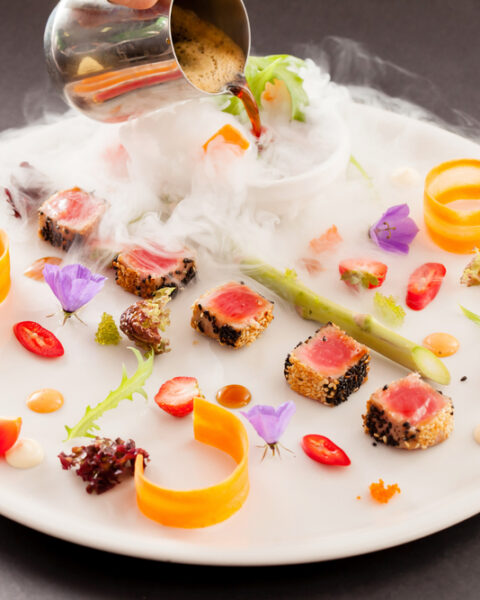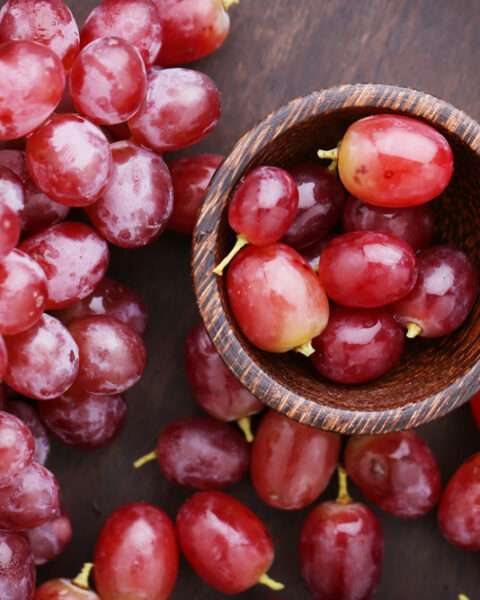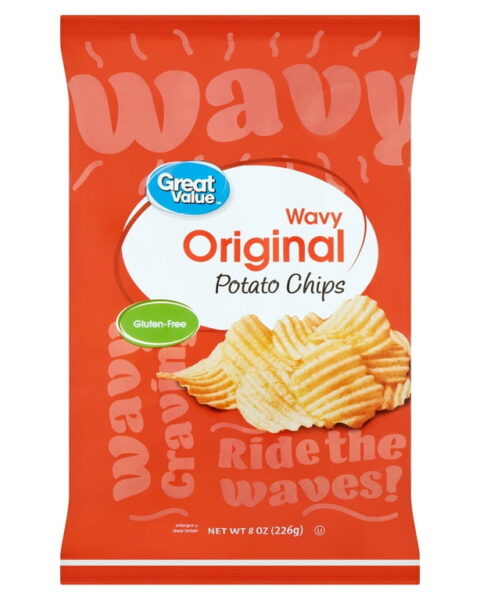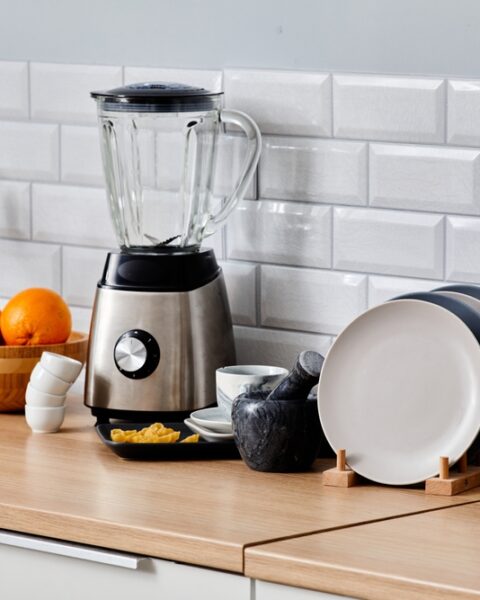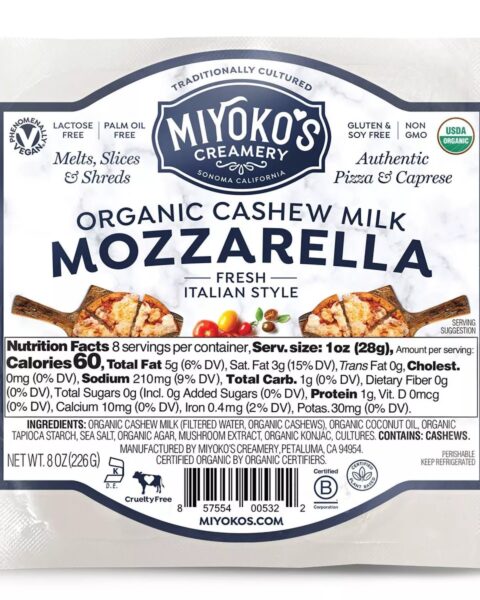Not all gourmet chocolates stay as amazing as the day you bought them. Some lose their flavor quicker than you’d think, thanks to delicate ingredients or tricky storage needs. Whether it’s milk chocolate, truffles, or filled varieties, they all have their peak moments before time takes a toll. Keeping them fresh and flavorful often means paying attention to where and how they’re stored. Let’s talk about some chocolates that need a little extra care to enjoy them at their best.
Contents
- 1 Milk Chocolate Bars
- 2 White Chocolate Bars
- 3 Chocolate Truffles
- 4 Filled Chocolates
- 5 Chocolate-Covered Fruits
- 6 Pralines
- 7 Chocolate-Covered Nuts
- 8 Artisan Chocolates
- 9 Chocolate-Covered Caramels
- 10 Flavored Chocolate Bars
- 11 Chocolate Bark
- 12 Chocolate-Covered Marshmallows
- 13 Chocolate Fudge
- 14 Chocolate-Covered Toffee
- 15 Spiced or Seasoned Chocolate
- 16 More From RetailShout
- 17 16 Nutrient-Dense Foods to Boost Your Brainpower
- 18 17 Best Target Dollar Spot Finds for Kids Activities and Toys
Milk Chocolate Bars
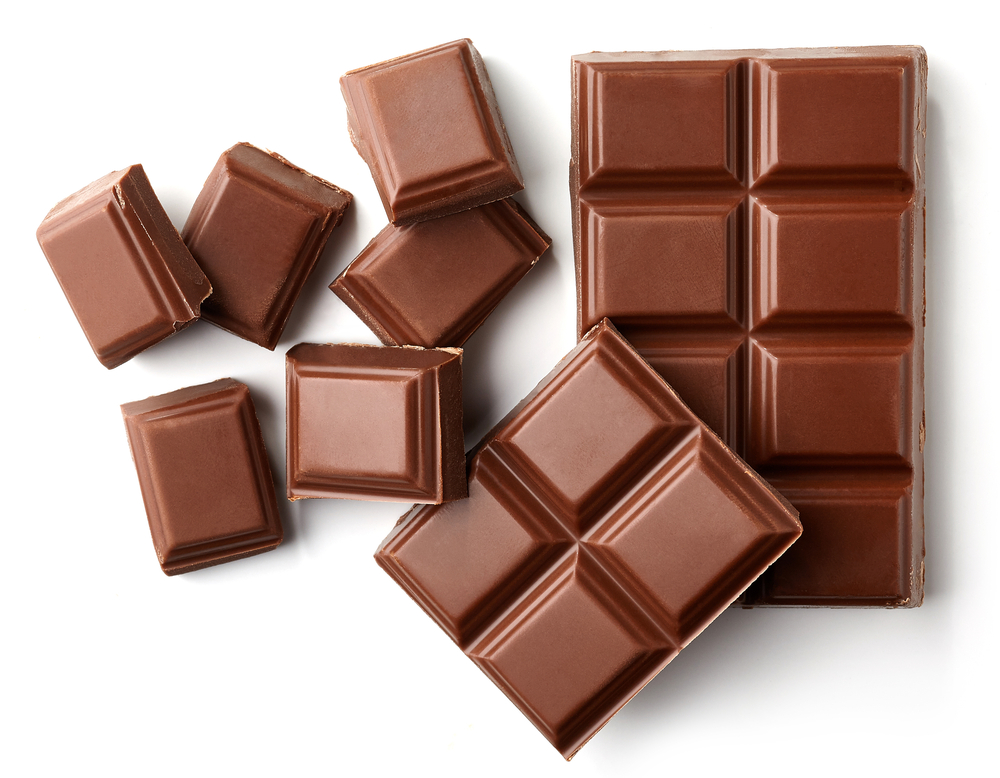
Milk chocolate contains milk solids, which reduce its shelf life compared to dark chocolate. The presence of milk makes it more prone to changes in texture and flavor over time. Typically, milk chocolate can be enjoyed for about 6 months to 1 year if kept in the right conditions. Exposure to heat and humidity can accelerate flavor degradation. Proper storage in a cool, dry place is essential to maintain its quality.
White Chocolate Bars
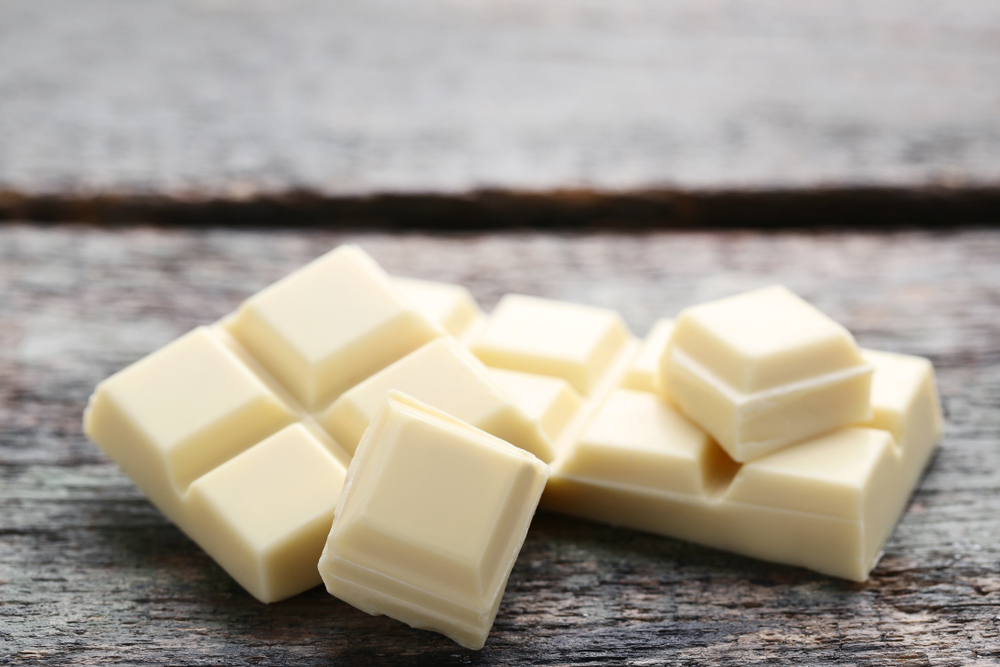
White chocolate is unique in that it contains milk and cocoa butter but no cocoa solids. This composition gives it a similar shelf life to milk chocolate, ranging from 6 months to 1 year. The absence of cocoa solids means it lacks some of the natural preservatives found in dark chocolate, making it more susceptible to flavor loss. Proper storage away from heat and moisture is crucial to preserve its creamy texture and sweet flavor.
Chocolate Truffles
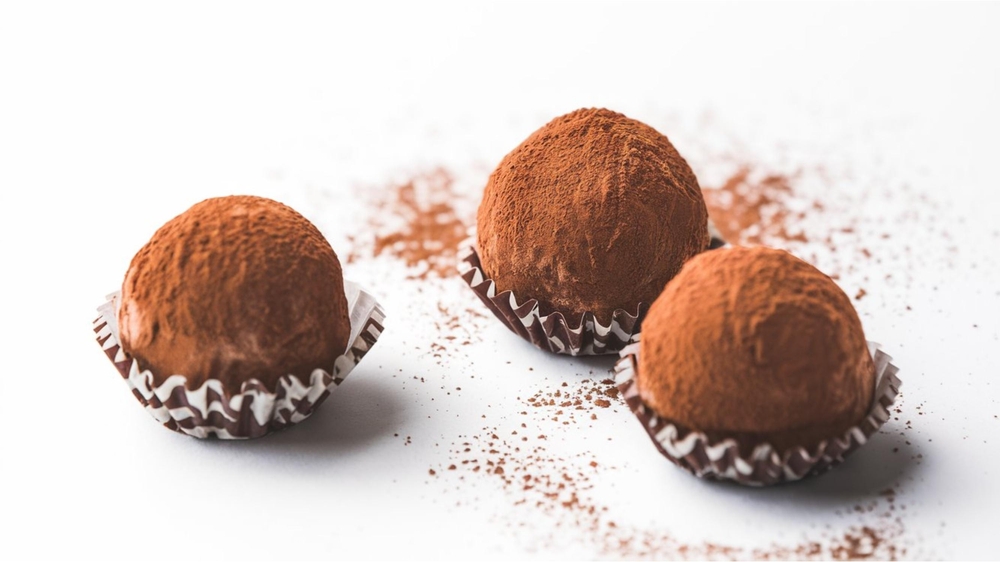
Chocolate truffles often contain perishable fillings like creams, ganaches, or fruit purees, which can spoil more quickly than solid chocolate. Their delicate structures will lose flavor quality long before they go bad. Chocolate truffles taste best within the first four months of their preparation. Proper storage in a cool, dry place is essential to maintain their quality.
Filled Chocolates
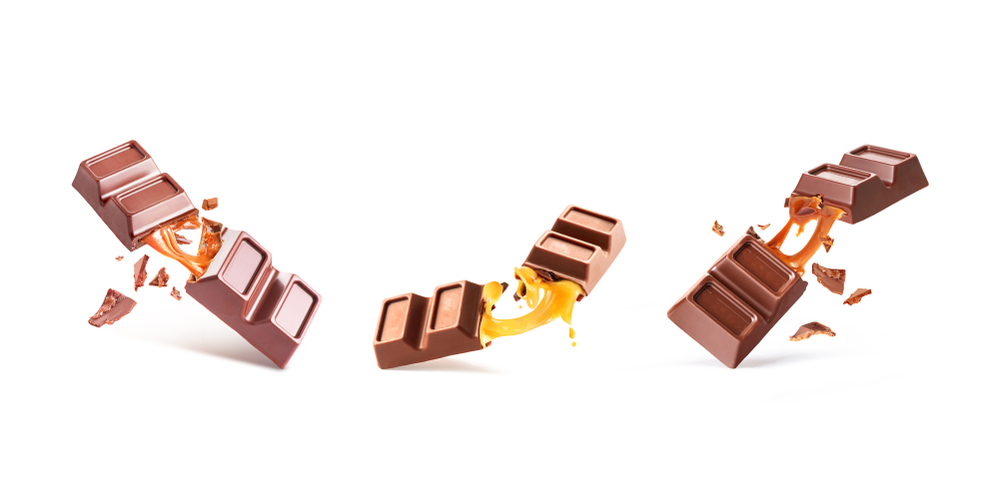
Chocolates with fillings such as caramel, fruit creams, or liqueurs are more prone to flavor degradation. The moisture content in the fillings can lead to changes in texture and taste over time. These confections typically have a shorter shelf life and are best enjoyed within a few weeks of purchase. Storing them in airtight containers can help preserve their freshness.
Chocolate-Covered Fruits
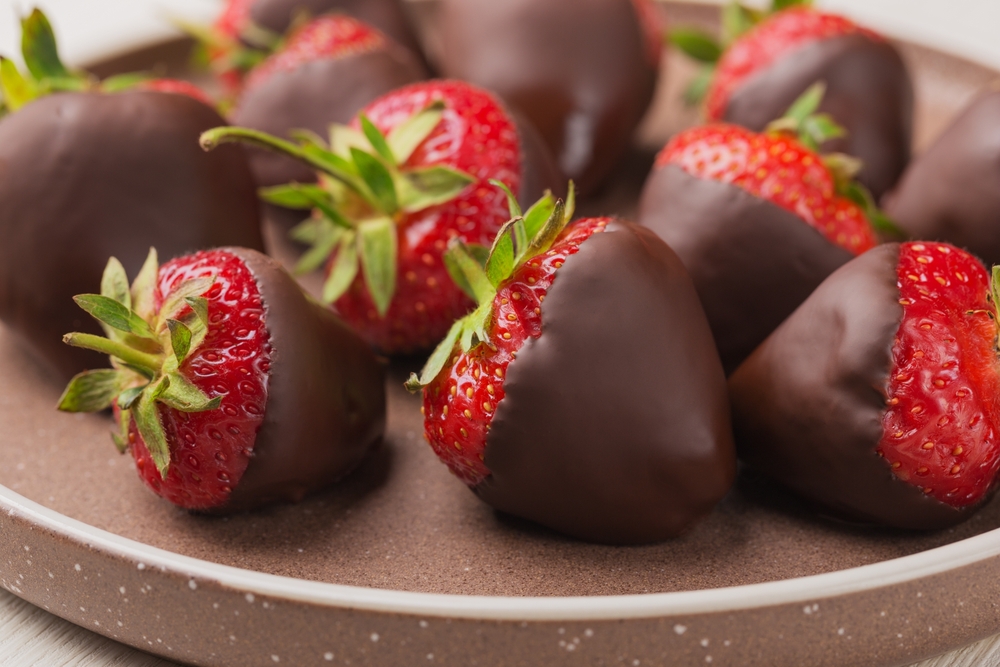
Dried fruits coated in chocolate, like chocolate-covered strawberries or cherries, can lose their flavor as the fruit’s moisture affects the chocolate coating. Over time, the fruit can become overly dry, and the chocolate may develop a whitish coating known as bloom. To maintain their taste, it’s advisable to consume these treats within a few weeks and store them properly.
Pralines
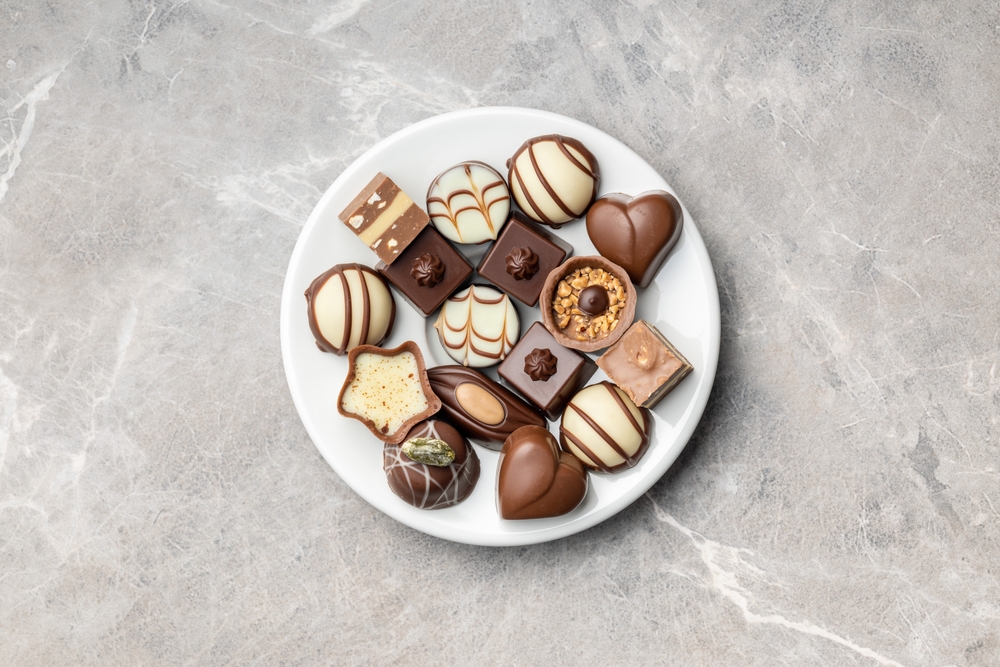
Pralines, especially those containing nuts, are susceptible to flavor loss due to the oils in the nuts becoming rancid over time. The combination of nuts and sugar can also lead to changes in texture, making the confection less enjoyable. It’s best to consume pralines within a month of purchase and store them in a cool, dry place.
Chocolate-Covered Nuts
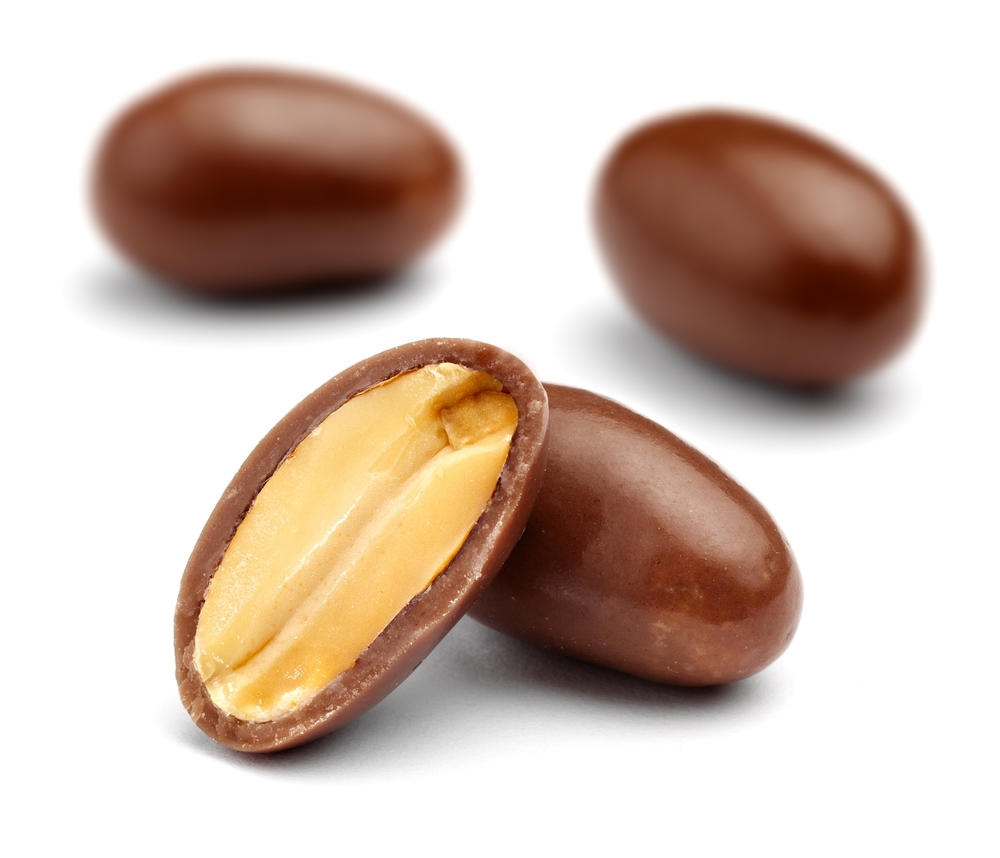
Nuts have natural oils that can become rancid, leading to an off-flavor in the chocolate confection. The combination of nuts and chocolate can also result in texture changes over time. To enjoy the best flavor, consume chocolate-covered nuts within a few months of purchase and store them properly.
Artisan Chocolates
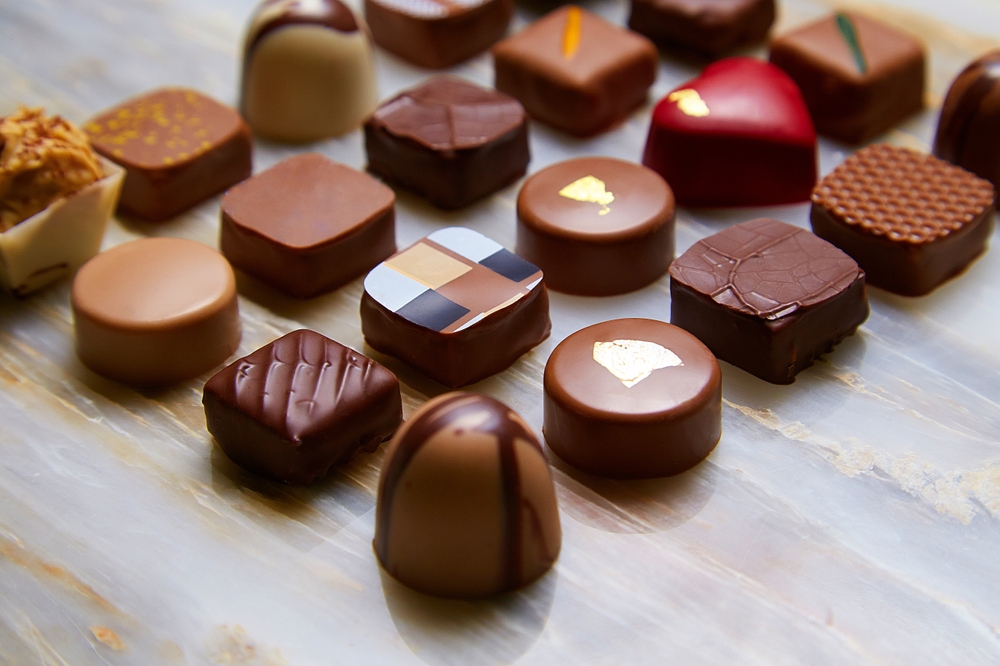
Handcrafted chocolates often lack the preservatives found in mass-produced varieties, making them more susceptible to flavor loss. The use of fresh, high-quality ingredients means they are best consumed shortly after production. To fully appreciate their complex flavors, it’s recommended to enjoy artisan chocolates within a few weeks of purchase.
Chocolate-Covered Caramels
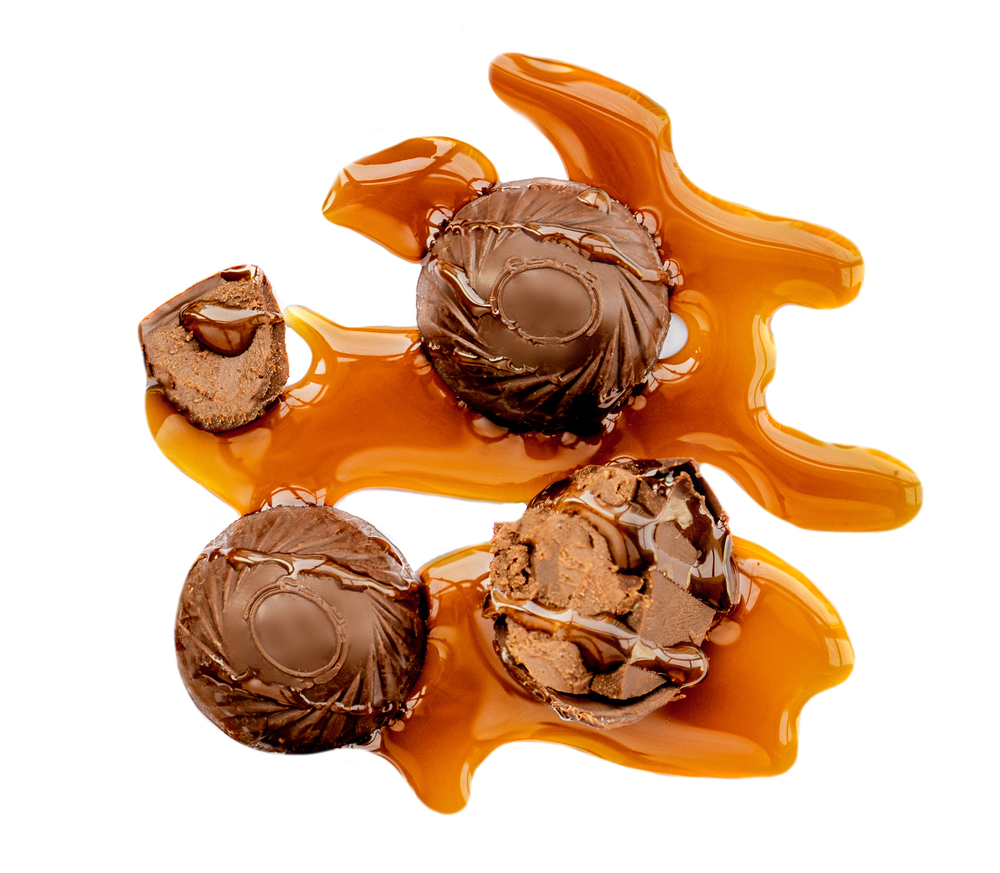
The moisture content in caramel can affect the chocolate coating over time, leading to changes in texture and flavor. As the caramel hardens, the overall confection may become less palatable. For optimal taste, consume chocolate-covered caramels within a few weeks and store them in a cool, dry place.
Flavored Chocolate Bars
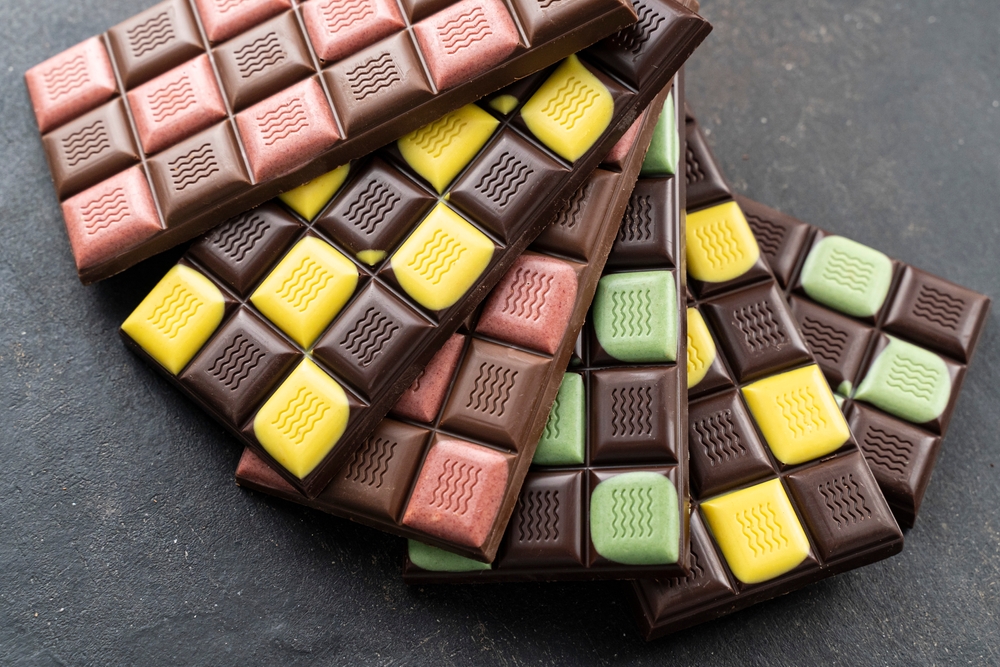
Chocolates infused with flavors like mint, orange, or coffee can lose their added flavor intensity over time. The essential oils or extracts used may dissipate, resulting in a less pronounced taste. To enjoy the intended flavor profile, it’s best to consume these chocolates within a few months of purchase.
Chocolate Bark
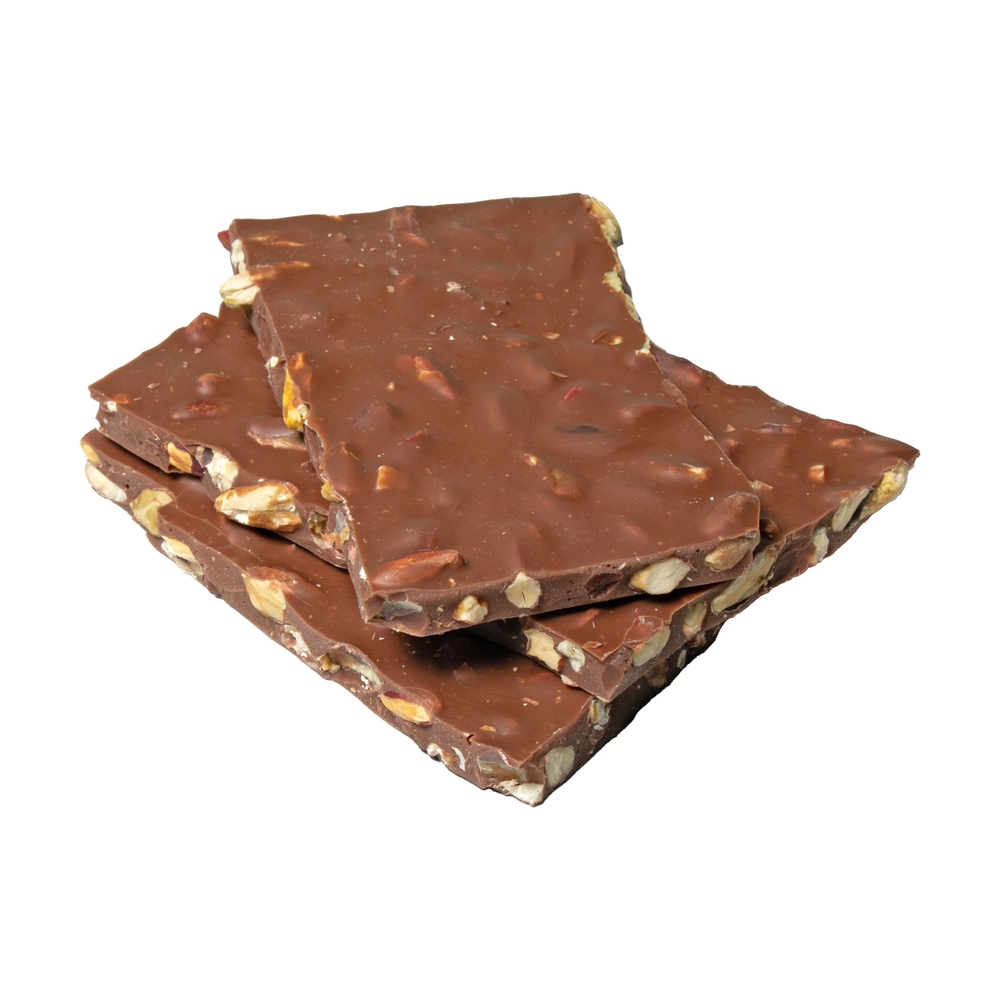
Chocolate bark often contains a mix of nuts, dried fruits, and sometimes spices. The varying shelf lives of these ingredients can lead to an overall decline in flavor and texture. Nuts may become rancid, and fruits can harden, affecting the enjoyment of the treat. Proper storage in airtight containers can help, but it’s advisable to consume chocolate bark within a few months.
Chocolate-Covered Marshmallows
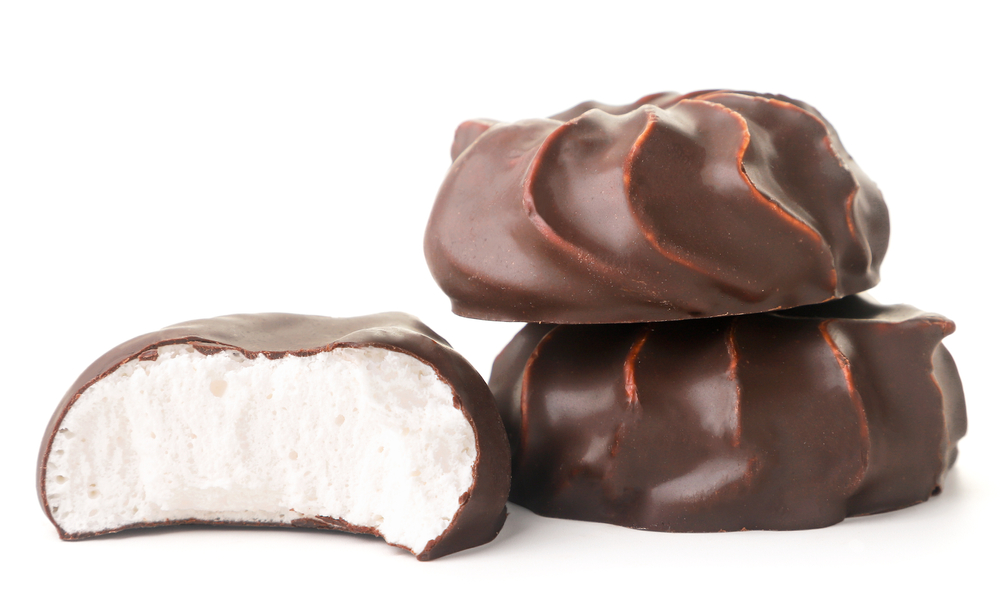
The spongy texture of marshmallows can change over time, becoming tougher and less palatable. The chocolate coating may also lose its sheen and develop bloom, affecting its visual appeal. For the best experience, enjoy chocolate-covered marshmallows within a few weeks of purchase and store them properly.
Chocolate Fudge
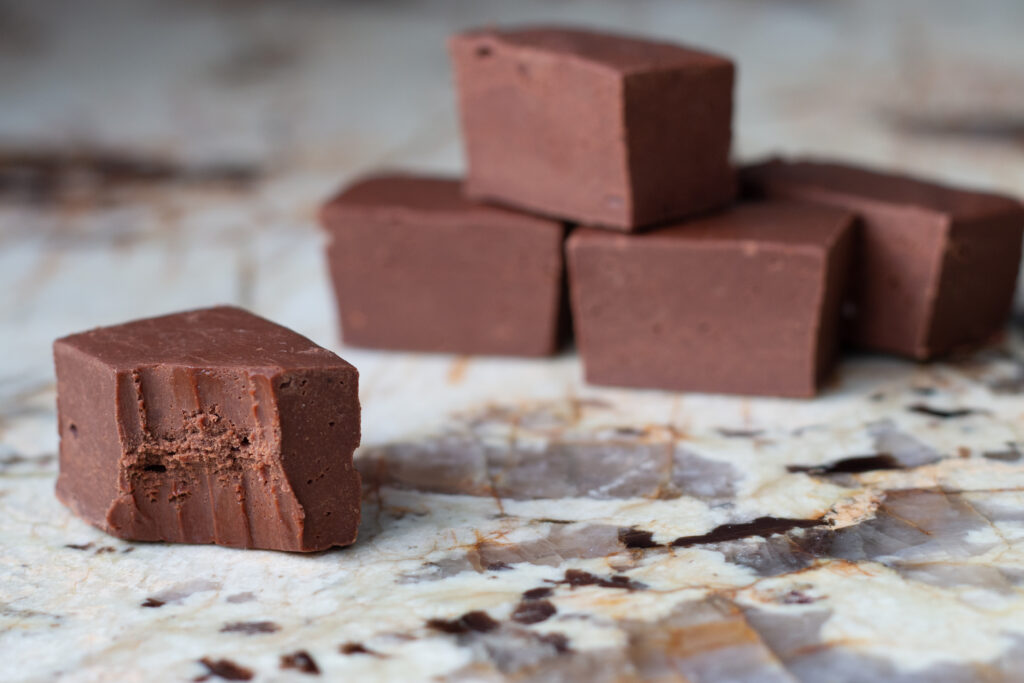
Fudge is a rich confection that can dry out over time, leading to a crumbly texture and diminished flavor. Exposure to air accelerates this process, making proper storage essential. To maintain its creamy consistency, store fudge in airtight containers and consume it within a few weeks.
Chocolate-Covered Toffee
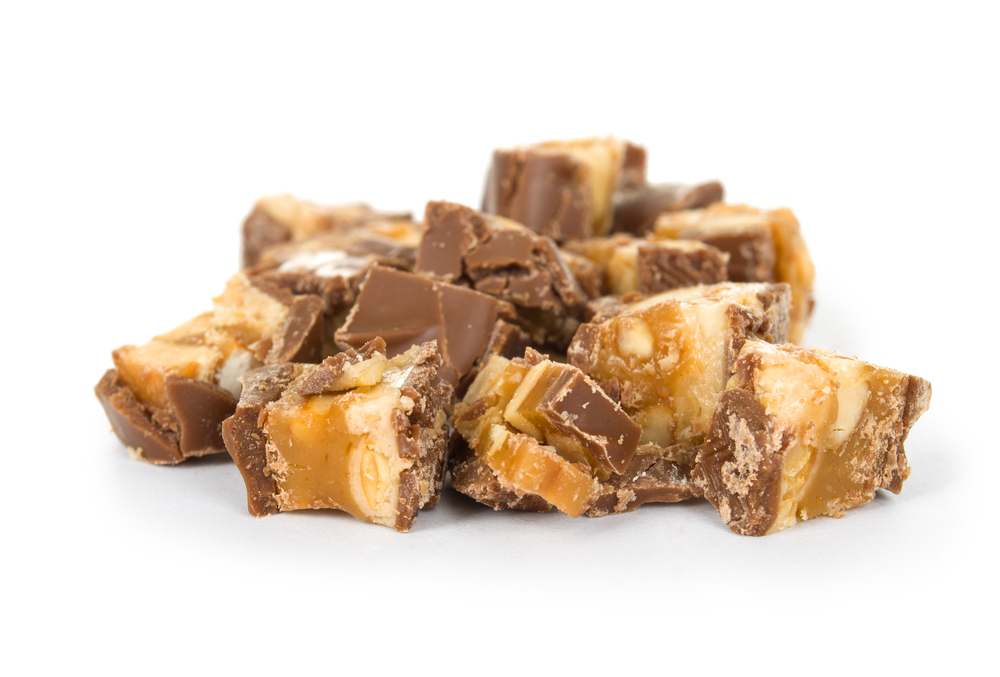
Toffee can absorb moisture from the environment, leading to a sticky texture and loss of its characteristic snap. The chocolate coating may also be affected, developing bloom or losing its glossy finish. Proper storage is key to preserving the crisp texture of chocolate-covered toffee. It’s best to enjoy these confections within a few months of purchase for the optimal combination of crunch and sweetness.
Spiced or Seasoned Chocolate
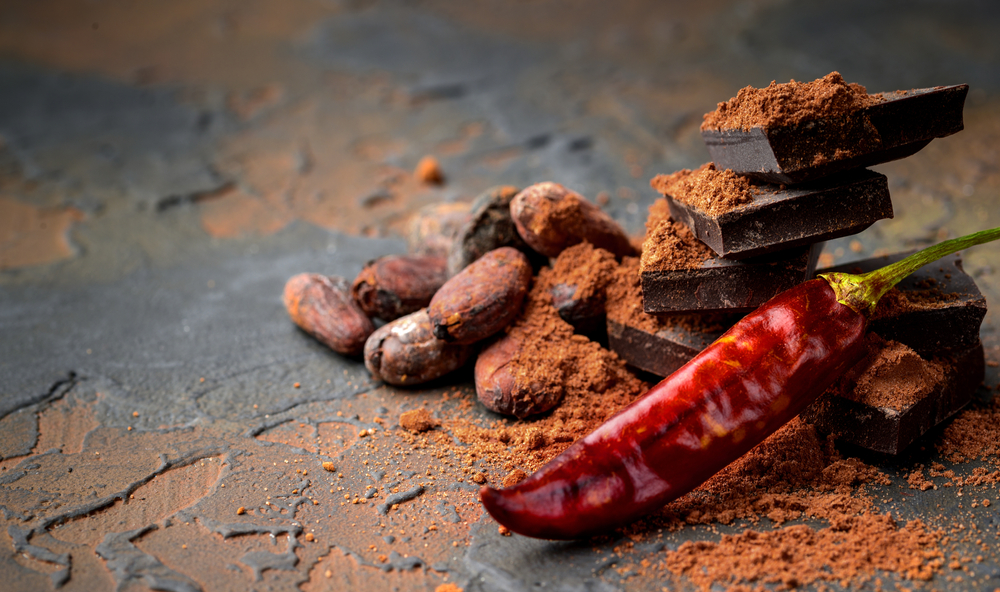
Chocolate infused with spices or herbs, such as chili, cinnamon, or lavender, can lose its aromatic essence over time. The volatile oils in these spices may dissipate, resulting in a less intense flavor. Consuming spiced chocolates within a few months is recommended to enjoy their intended taste profile. Airtight storage and protection from light can help preserve their flavors. For an optimal experience, keep them away from competing strong scents, which might alter the chocolate’s subtle notes.
This article originally appeared on RetailShout.
More From RetailShout
13 Discontinued Ice Cream Flavors That Were Fan Favorites
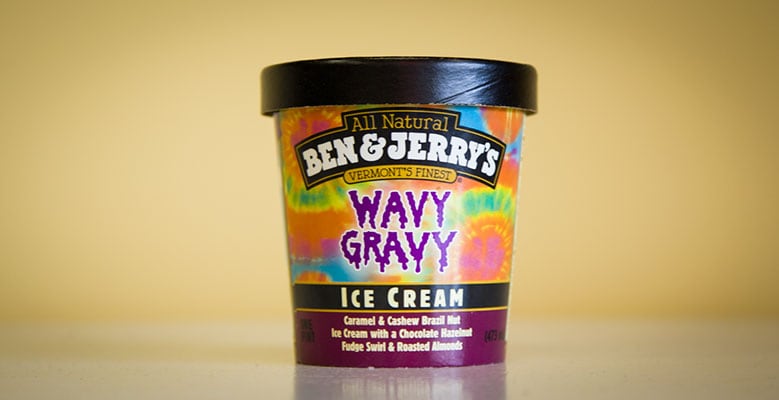
Ice cream has a way of reminding us of simpler times. Over the years, many popular flavors have come and gone, leaving behind fans who still remember them fondly. Read More.
16 Nutrient-Dense Foods to Boost Your Brainpower
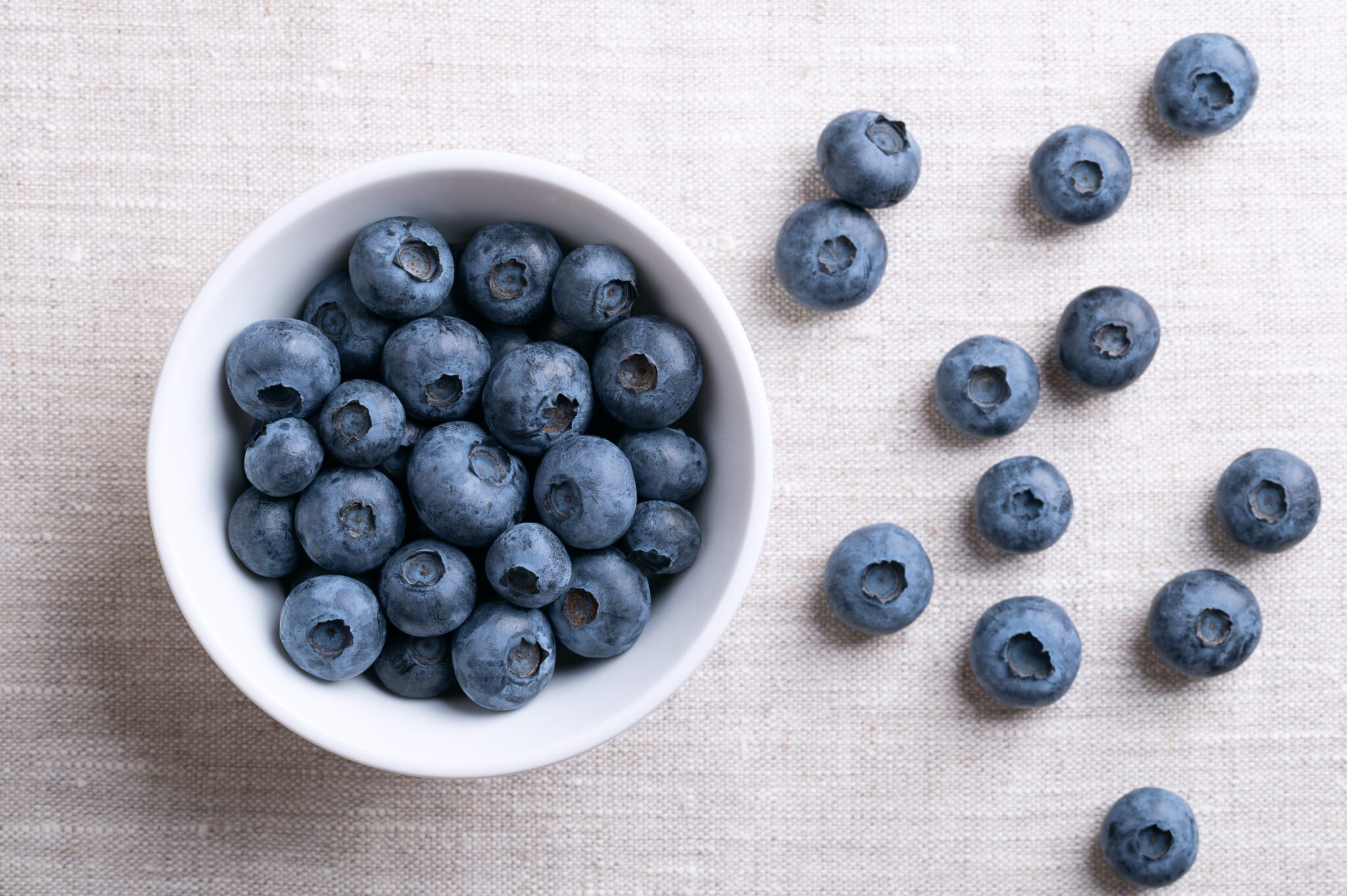
Fueling your brain doesn’t have to be complicated—it just takes the right nutrients! From foods packed with antioxidants to those rich in omega-3s, there are countless ways to support mental clarity and focus with every bite. Read More.
17 Best Target Dollar Spot Finds for Kids Activities and Toys

Target’s Dollar Spot, also known as Bullseye’s Playground, is a treasure trove for parents looking to find affordable and engaging activities for their kids. From creative playsets to adorable plushies, there is something to spark every child’s imagination. Read More.

